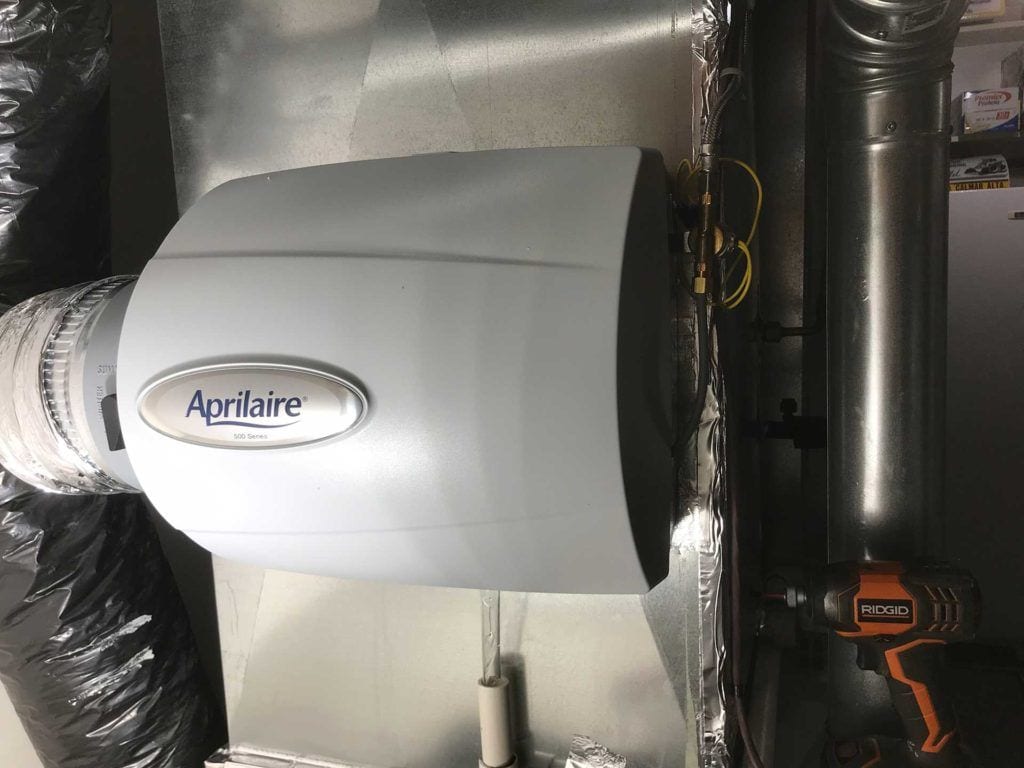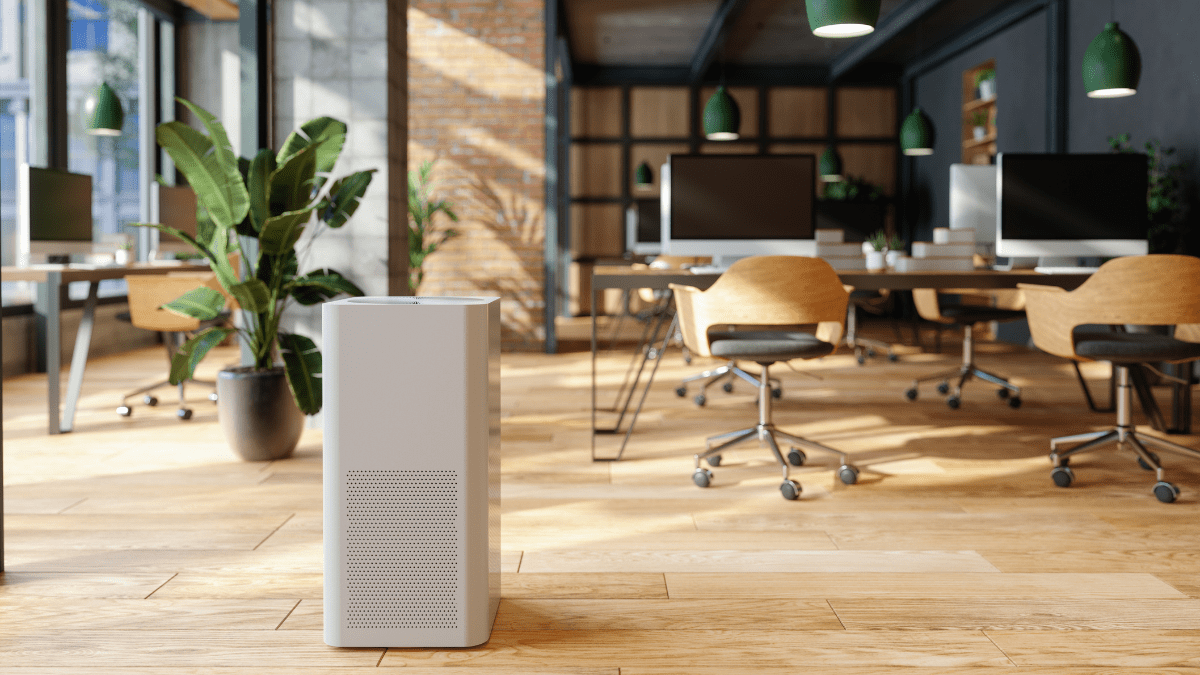Heating and air conditioning systems are essential for maintaining a comfortable indoor environment throughout the year. Whether you’re building a new home or upgrading your existing system, the installation process can be a significant undertaking. Understanding the various factors that influence the installation timeframe can help you plan and budget effectively.
Importance
Efficient heating and air conditioning systems not only provide optimal comfort but also contribute to energy savings and environmental sustainability. By selecting the right system and ensuring a proper installation, you can enjoy a more comfortable living or working space while reducing your carbon footprint and utility bills.
Factors to Consider Before Installation
Before embarking on the installation process, it’s crucial to consider several factors:
- Home or Building Size: The square footage of the space that needs to be heated and cooled will determine the capacity and type of system required.
- Energy Efficiency: Look for systems with high SEER (Seasonal Energy Efficiency Ratio) and HSPF (Heating Seasonal Performance Factor) ratings to maximize energy efficiency.
- Climate and Location: The local climate and weather patterns will influence the type of system that best suits your needs, such as a heat pump or a furnace and air conditioner combination.
- Budget: Establish a realistic budget that accounts for the equipment, installation, and ongoing maintenance costs.
- Existing Infrastructure: If you’re upgrading an existing system, the condition and compatibility of the current ductwork, electrical, and plumbing systems will impact the process.
Understanding the Different Types of Heating and Air Conditioning Systems
The heating and air conditioning market offers a wide range of system types, each with its own advantages and considerations:
- Central Air Conditioning: A centralized system that uses a network of ducts to distribute cool air throughout the home or building.
- Heat Pumps: Versatile systems that can both heat and cool the space, making them a popular choice in milder climates.
- Furnaces: Gas or electric-powered systems that generate heat and distribute it through the ductwork.
- Ductless Mini-Split Systems: Compact, wall-mounted units that provide heating and cooling without the need for extensive ductwork.
Understanding the unique characteristics of each system type will help you make an informed decision that aligns with your needs and budget.
The Time Required for Installation
The time required for a heating and air conditioning installation can vary significantly depending on several factors. In general, a typical installation can take anywhere from a few hours to several days, depending on the complexity of the project.
Factors that Can Affect the Timeframe
- System Type: The complexity of the system being installed, such as a central air conditioning unit versus a ductless mini-split, can impact the installation duration.
- Existing Infrastructure: If the existing ductwork, electrical, or plumbing systems need to be modified or replaced, the process can take longer.
- Accessibility: The ease of access to the installation site, such as the availability of space for equipment and the distance from the power source, can influence the overall time.
- Permits and Inspections: Depending on your local regulations, obtaining the necessary permits and passing inspections can add time to the whole process.
- Weather Conditions: Extreme weather conditions, such as heavy rain or snow, can delay the process and require additional safety precautions.
- Skill Level of the Installers: The experience and expertise of the installation team can significantly impact the efficiency and speed of the process.
Efficient Installation Techniques
Proper installation techniques are crucial for ensuring the optimal performance and longevity of your heating and air conditioning system. Some of the key techniques that professional installers employ include:
- Proper Sizing: Accurately sizing the system to match the heating and cooling needs of the space is essential for energy efficiency and comfort.
- Ductwork Design: Carefully designing the ductwork layout to minimize airflow resistance and ensure even distribution of conditioned air.
- Electrical and Plumbing Integration: Ensuring a seamless integration of the electrical and plumbing components to support the system’s operation.
- Insulation and Sealing: Properly insulating and sealing the ductwork, piping, and other components to prevent energy loss and maintain system efficiency.
- Refrigerant Charging: Accurately charging the system with the appropriate type and amount of refrigerant for optimal performance.
- Testing and Commissioning: Thorough testing and commissioning of the system to verify its proper operation and make any necessary adjustments.
By employing these efficient techniques, professional installers can help ensure a smooth and timely process while maximizing the system’s long-term performance.
Hiring a Professional
While it’s possible for some homeowners to tackle a heating and air conditioning installation project themselves, it’s generally recommended to hire a professional HVAC (Heating, Ventilation, and Air Conditioning) contractor. Experienced professionals have the necessary skills, tools, and expertise to ensure a safe, efficient, and code-compliant installation.
When selecting an HVAC contractor, consider the following:
- License and Certification: Ensure the contractor is licensed and certified to perform HVAC installations in your local area.
- Experience and Reputation: Look for a contractor with a proven track record and positive reviews from previous clients.
- Warranty and Guarantees: Inquire about the warranties and guarantees offered on the equipment and the installation work.
- Permits and Inspections: Confirm the contractor will handle the necessary permits and inspections required by your local authorities.
- Energy Efficiency Expertise: Seek a contractor who can provide guidance on energy-efficient system options and installation techniques.
Hiring a professional HVAC contractor can provide you with peace of mind, ensure a smooth process, and help maximize the long-term performance and efficiency of your system.
Conclusion
By understanding the factors that influence the installation timeframe and working with a professional HVAC contractor, you can ensure a smooth and efficient process, ultimately leading to long-term comfort, energy savings, and enhanced property value.
To ensure a seamless and efficient installation, contact our team of experienced HVAC professionals today. We’ll work with you to assess your needs, recommend the best system for your home or building, and provide a detailed timeline and cost estimate. Don’t settle for anything less than the perfect climate control solution – let us help you achieve optimal comfort and energy efficiency.














